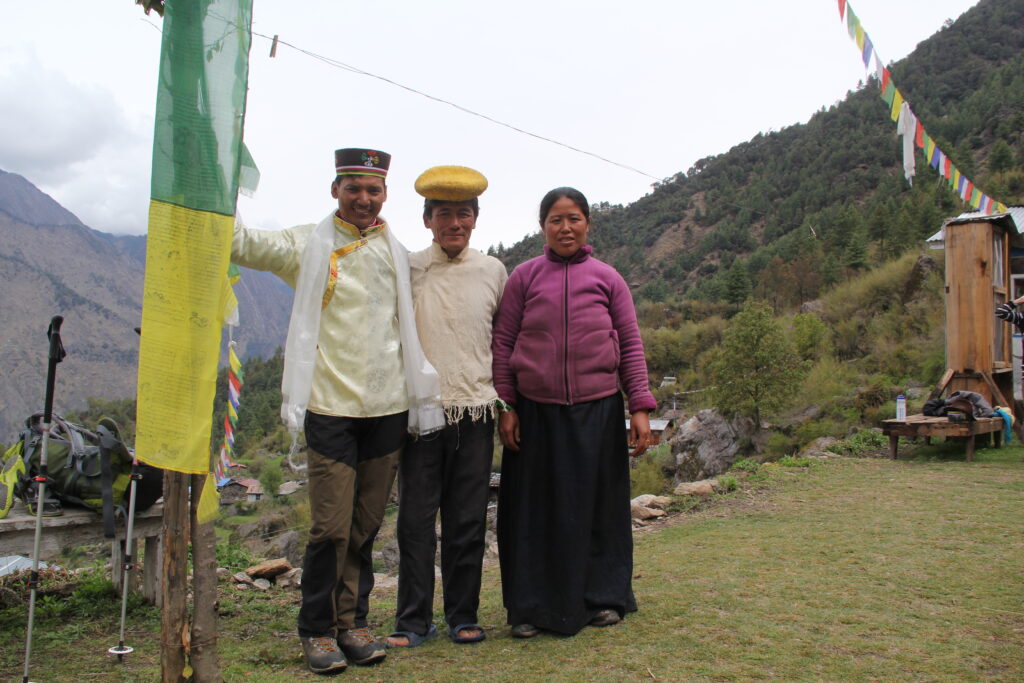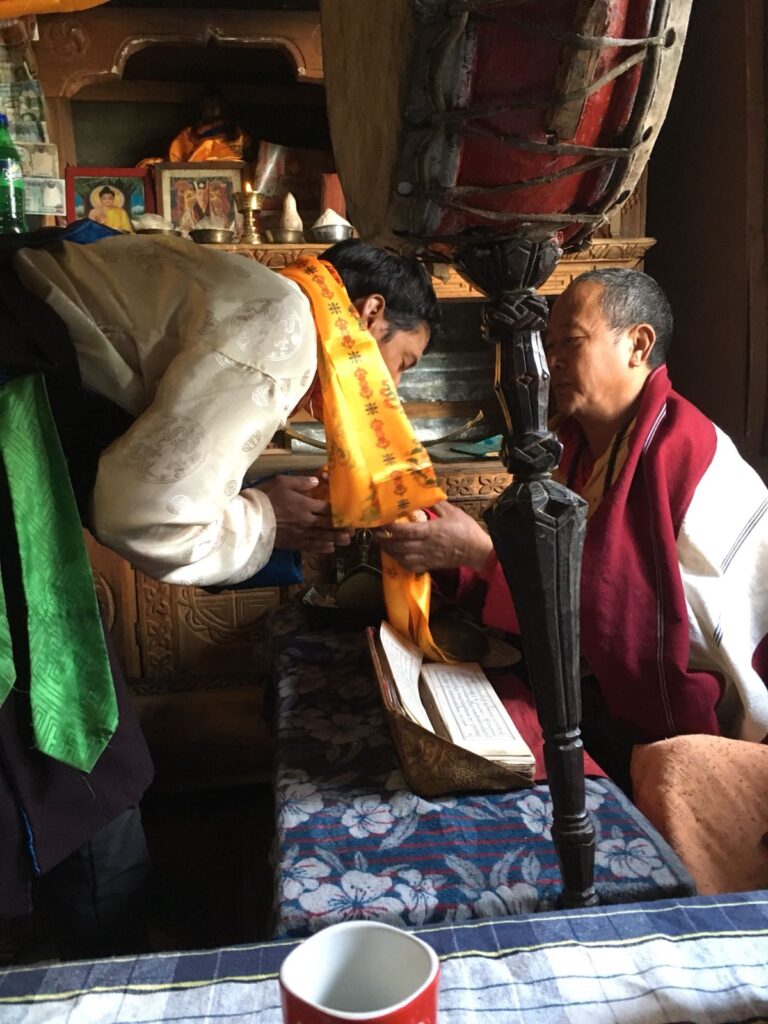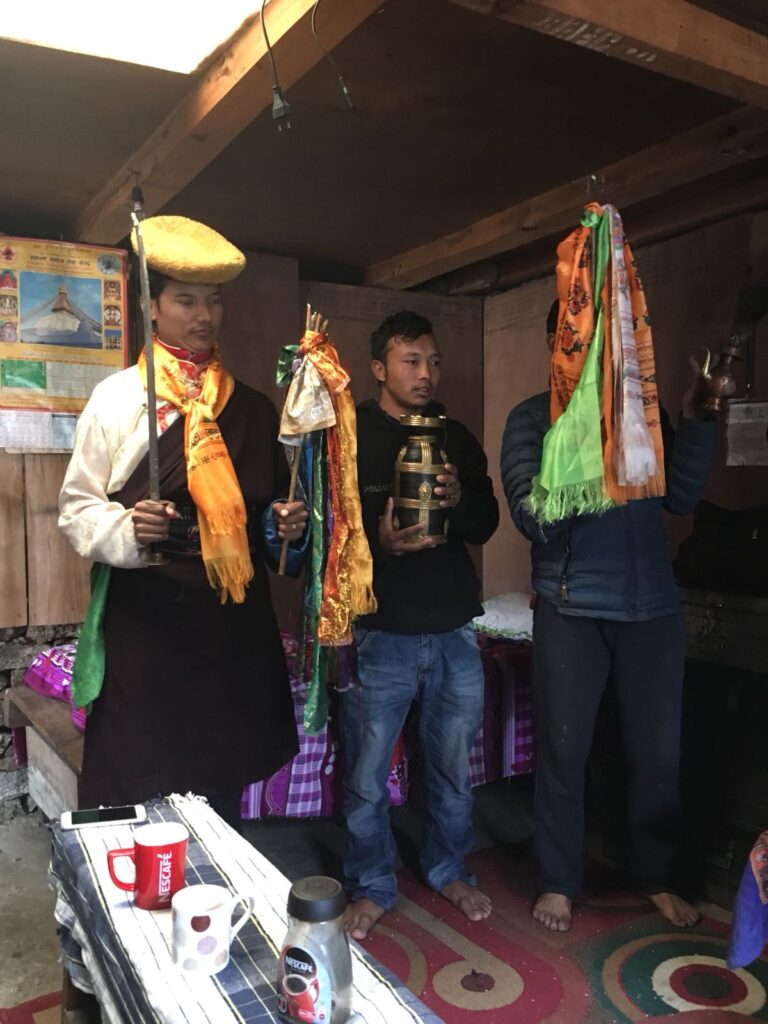My name is Talak. I come from a farmer family in Jiri, Thulopatal, Nepal (approx. 2,200 m above sea level). When I was 15 years old, I picked up a job next to school in order to fulfill my dream of good shoes for my one-hour trip to school (instead of flip-flops) and warm clothes. I helped transporting material for tourists. It was then that I saw people with white skin for the first time. They fascinated me. I wanted to know where they come from and why they visit Nepal! Someone then told me that they come for trekkings, as Jiri is a base point in the Everest area.
I started looking into trekkings and found a job as a porter. This way I got to see the stunning mountains of the Himalaya for the first time. I was very impressed by the beautiful landscapes Nepal has to offer. Ever since, I want to share Nepal’s wonderful sights with tourists as a guide!
The next few years I worked towards my goal. After having worked as a porter for some time, I first became a kitchen assistant, then a cook. In 2004, I completed my training as a trekking guide. After completing my training, I worked as a trekking and mountain guide in Nepal as well as Ladakh (India) for five years.
In 2009, I moved to Switzerland. Here, I work seasonally in the hospitality industry. Since the mountains are still very dear to my heart, I started working as a hut warden in the Swiss Alps in 2011. From 2011 to 2015 I worked in the Trifthütte and from 2015 to 2021 in the Lobhornhütte. In the off-season I cook for the guests of the Meiringen-Hasliberg skiing area. In spring (March / April) and fall (October / November) I organize trekkings as well as alpine tours in Nepal and Ladakha (India).
In my free time I love to be out in nature – especially hiking in the mountains.

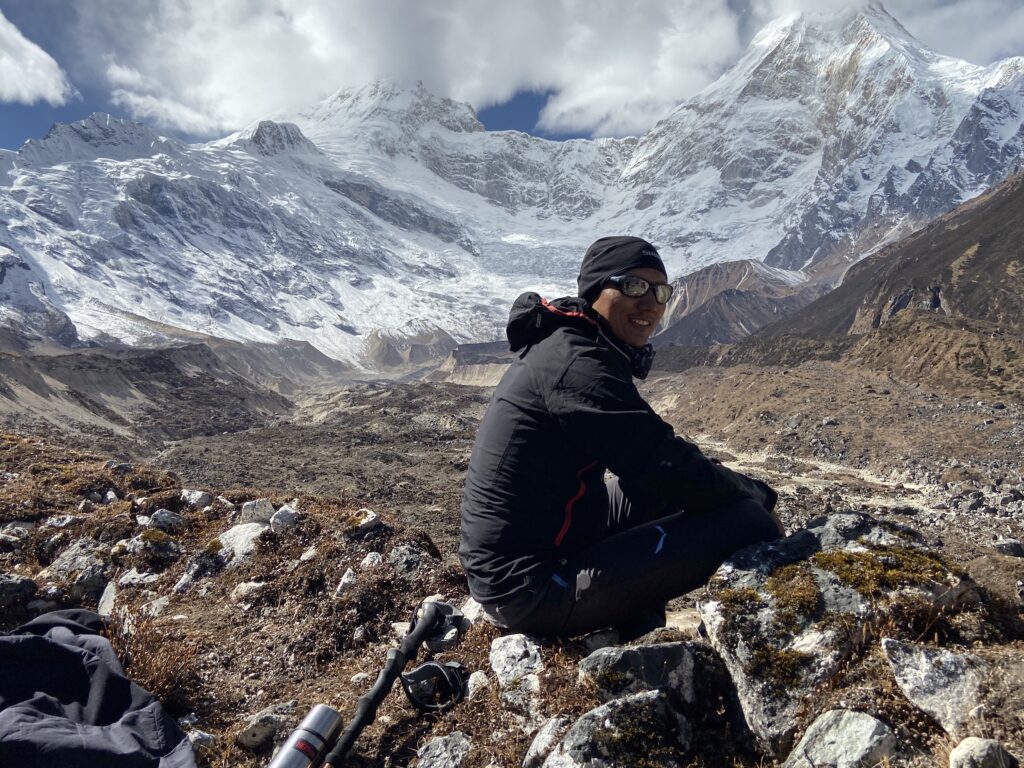

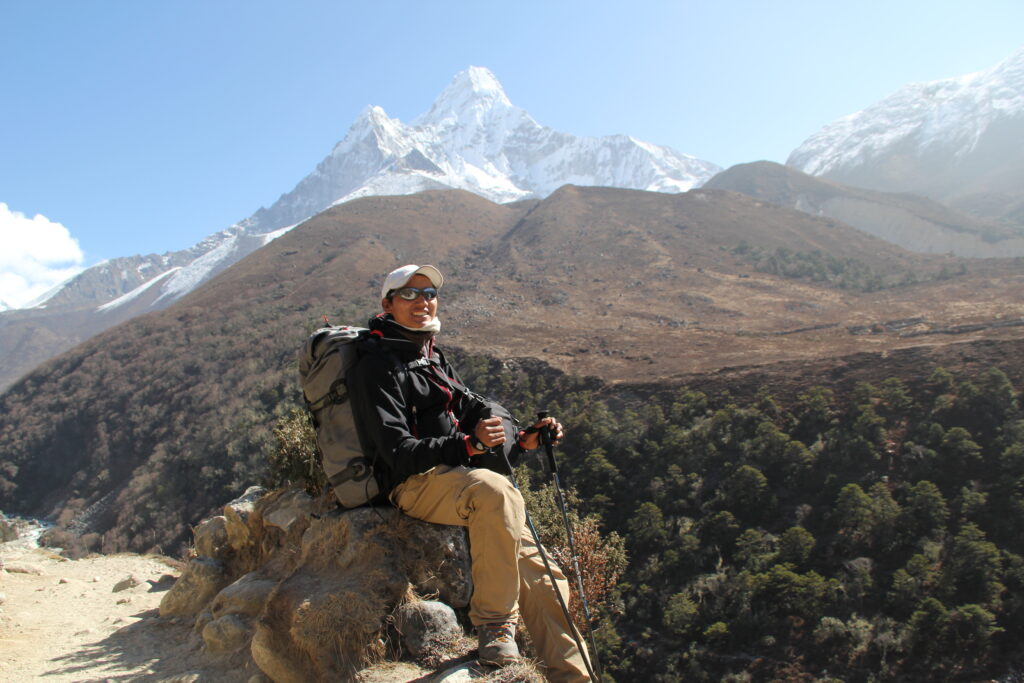
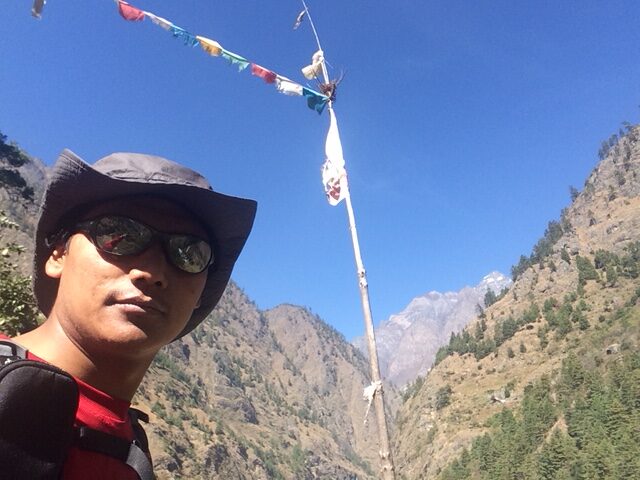
Who are the Tamang?
The Tamang are the largest indigenous people of around 59 different ethnic groups that have been recognized by the Nepalese government to date.
The term “Tamang” is made up of two words: “Ta” means horse and “Mang” means trader. It is believed that the Tamang originally came from the North and traded horses. They have their own religion, language, culture, rituals and lifestyle. They are the indigenous people of Yambu, the Kathmandu Valley.
Even today, there are Tamang settlements in the Kathmandu Valley. The largest number of Tamang communities, however, live in the adjacent districts of the Kathmandu Valley, namely in Rasuwa, Makawanpur, Nuwakot, Dhading, Kavrepalanchowk, Sindhupalchowk, Dolakha and Sindhuli. These districts make up the middle, hilly region of Nepal, which stretches from the Kathmandu Valley to the Himalayan area. Meanwhile, the Tamang can be found all over Nepal and beyond the border to Darjeling, Sikkim, Asam and Nagaland in India, as well as in Burma and Bhutan.
According to the last Nepalese census in 2011, the number of Tamang is 1,539,830, which is about 6% of the total population of the country. Nepal estimates that around 2 million Tamang live in neighboring countries.
The Tamang are very rich in tradition and culture. They have their own language, culture, clothing and social structure. There are over 100 sub-clans. Around 90% of the Tamang are Buddhists. They follow the 12-year cycle of the Tibetan calendar. Their language (Loshar or Tamang language) has Tibetan Burmese origins. Most Tamang – including those living abroad – speak Tamang as their mother tongue.
Further, the Tamang have their own music. Their typical dance “Bhote-selo” literally means “Tibetan melody”. It is also known as “Tamang-selo”. The songs are often full of humor, wit, and satire, but they also sing about suffering and grief. The typical musical instrument of the Tamang is called the Damphu. It is a small round drum made of goatskin.
I myself also belong to the Tamang people.
